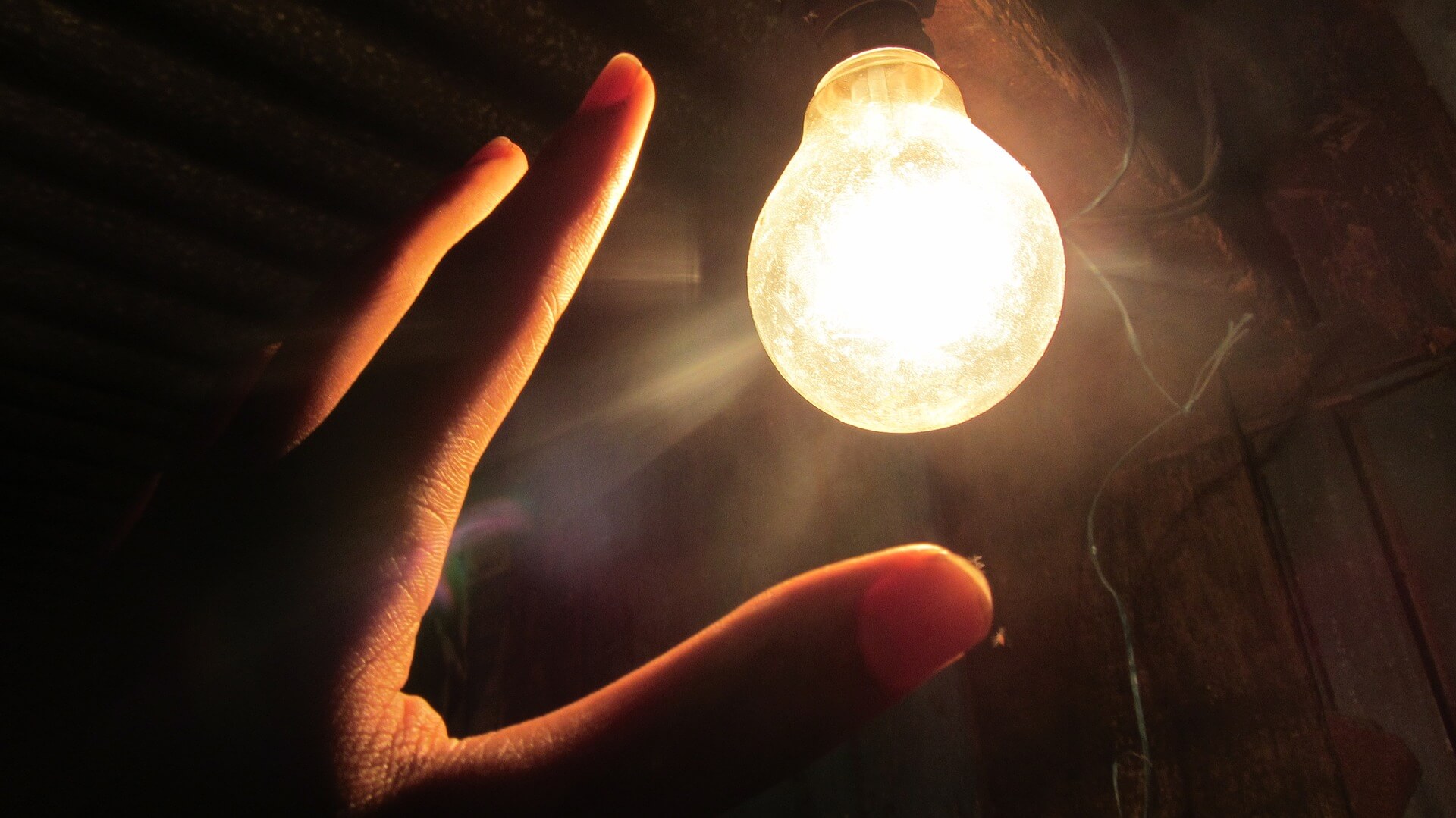
All light bulbs should be handled and disposed of with care. Here are a few pointers to help you deal with light bulbs safely.

Be careful with broken bulbs
Always handle lamps with care and store them appropriately to minimise the likelihood of glass breakage. If you do break a lamp, please remember that some bulbs contain harmful substances such as mercury, so according care should be taken.
Wear suitable protective clothing when disposing of broken light bulbs, and if one is broken in the home, make sure to sweep the whole room. You might be surprised at how far bits of broken glass can travel.

Don’t force them into the fitting
Lamps should be easy to install and remove from their fittings and should never be forced, as this can often result in breakage of the glass. If you have to apply a lot of force to the bulb, then it is likely not the correct cap or fitting.
Read our guide to cap types to check you have the right bulb for the job.

Don’t touch!
LED light bulbs don’t get anywhere near as hot as incandescent bulbs, but still be careful about touching them when they’re in operation.
Take care when installing bulbs near combustible materials and furnishings, and check the manufacturer’s guidelines if you’re not sure whether a bulb is suitable.

Don’t overload your fittings
Always observe the maximum wattage and bulb shape specified for a light fitting or lampshade. Failure to do so may lead to damage to the fitting and may pose a fire risk. Fittings and shades are generally rated both for the maximum wattage and recommended shape of bulb. Never use a light bulb that is physically larger than that specified (eg a GLS bulb instead of a golf ball), since this will bring the hot surface of the bulb closer to the fabric and risk burning.

Bulbs for outdoor use should be IP rated
Any light bulb that is to be used in wet or humid areas should have an Ingress Protection (IP) rating. This two-digit number denotes how protected the lamp is against the ingress of dust and water. The higher the numbers, the better the protection, and if the bulb does not carry an IP rating, it is not suitable for outdoor use.
For more information, read our guide to IP ratings.

WEEE Directive
The Waste Electrical and Electronic Equipment (WEEE) Directive encourages the recycling of electrical waste products like light bulbs, in order to reduce landfill and to reduce the adverse effects on human health and the environment caused by the hazardous substances that some bulbs contain.
The WEEE directive does not apply to LEDs in small amounts, which can be treated as normal waste. It does, however, cover all types of discharge lamps such as fluorescent tubes, compact fluorescents, compact fluorescent energy savers, SONs, Mercury, Metal Halide and other types of discharge lamps. All of these contain various substances such as mercury, lead, cadmium or sodium, which are potentially hazardous and/or damaging to the environment.
All such items are marked with a crossed-out wheeled bin symbol to show that they should not be disposed of as general waste. Simply LED are obliged under these regulations to offer our domestic customers free take-back of their WEEE on a like-for-like basis when you buy new discharge lamps from us. Please note, however, that ‘free take back’ means that we will not charge you for recycling costs, however it is the obligation of the customer to return the goods to Simply LED. Please contact us for details of your nearest recycling location if you are purchasing new discharge lamps and wish to send back the old ones for recycling. Businesses wishing to find out more about recycling can find further details on the Waste Recycling website.

RoHS
The Restriction of use of certain Hazardous Substances (RoHS) Directive came in to force on 1st July 2006. This aims to restrict the use of a number of hazardous substances including mercury, cadmium, hexavalent chromium and lead. All lamps that we supply are manufactured to meet the requirements of the RoHS directive.

 UK's #1 Specialist LED Retailer
UK's #1 Specialist LED Retailer
 Free Delivery Orders Over £50
Free Delivery Orders Over £50
 28 Day Returns Quality Guarantee
28 Day Returns Quality Guarantee